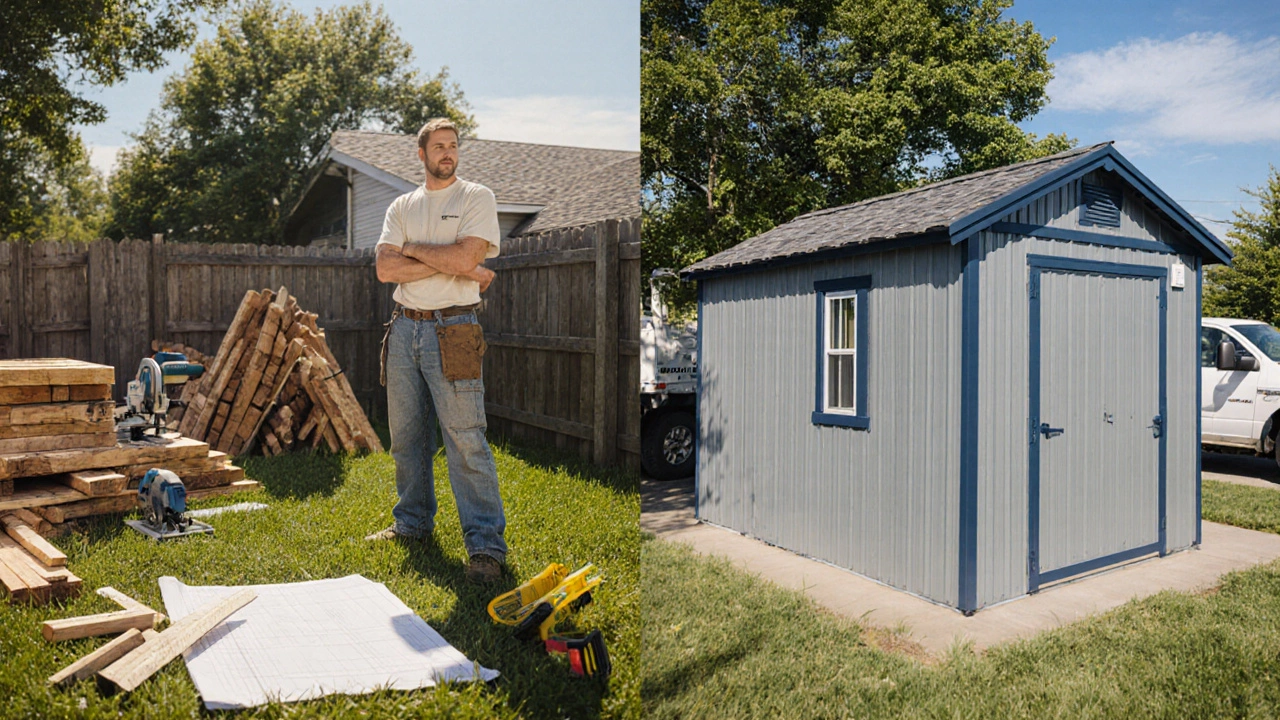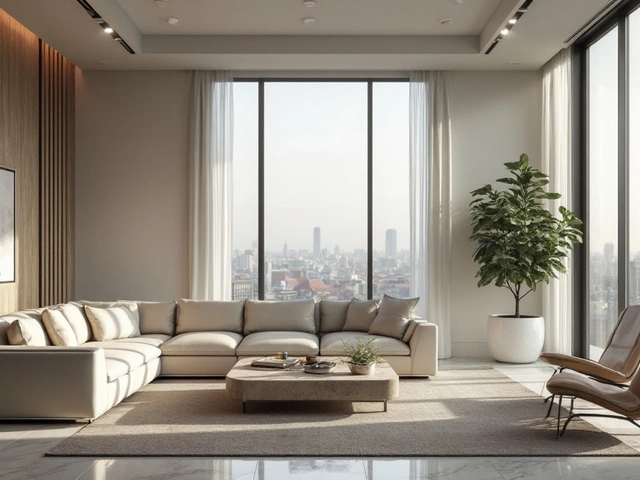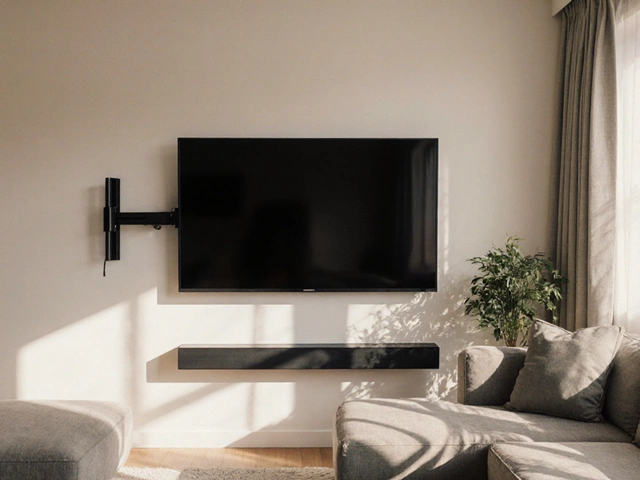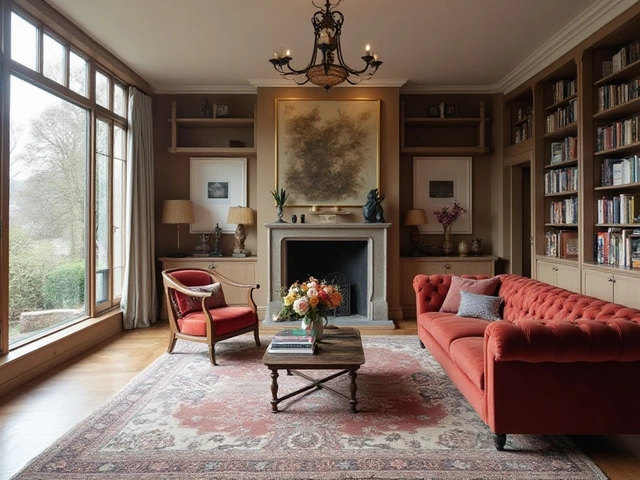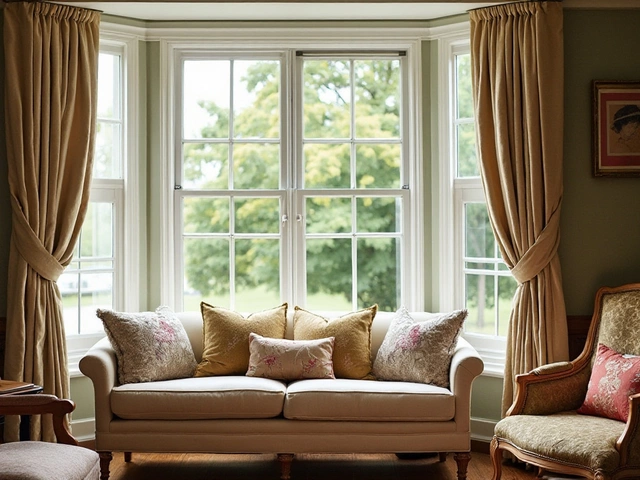Storage Shed Cost: How Much Should You Pay and Why It Matters
When working with Storage Shed Cost, the total amount you spend to buy and install a small out‑building for tools, garden gear, or seasonal items. Also known as shed price, it includes everything from raw materials to labor and permits.
First, think about the storage shed, a freestanding structure typically placed in a backyard or garden. Its size is the biggest cost driver. A modest 8 × 10 ft shed might run around $1,500, while a larger 12 × 16 ft model can top $4,000. That price gap reflects more lumber, roofing, and foundation work.
Next, consider shed materials, the wood, metal, or plastic components that determine durability and price. Pressure‑treated pine is the cheapest at roughly $8 per square foot, but a steel kit can be $12‑$15 per square foot and lasts longer. Choosing high‑quality materials can lower long‑term maintenance costs – a classic cost‑vs‑value trade‑off.
Often, homeowners wonder if DIY shed building, constructing the shed yourself to save on labor is worth it. DIY cuts labor by up to 60%, but you’ll need tools, a plan, and extra time. A basic tool set might add $200‑$300 to your budget, yet the overall savings can still be several hundred dollars.
Location matters, too. If your council requires a permit, add $50‑$150 for paperwork. Some areas also need a concrete pad, which adds $500‑$1,000. These hidden fees often surprise first‑time buyers, so factor them in early.
Key Cost Breakdown for a Typical Garden Shed
Here’s a quick snapshot of common expense categories (values are approximate for a 10 × 12 ft wooden shed):
- Materials: $800‑$1,200 – lumber, roofing, siding, hinges
- Labor: $600‑$1,000 – professional assembly or contractor fees
- Foundation: $300‑$700 – concrete slab or sturdy gravel base
- Permits & fees: $50‑$150 – local council requirements
- Accessories: $100‑$250 – shelving, lock, lighting
These figures illustrate the semantic triple: Storage shed cost includes material expenses, labor charges, and permitting fees. Adjust any one of these variables and the total shifts accordingly.
If you’re on a tight budget, look at reclaimed wood or a metal kit that comes pre‑finished. Both options can reduce material waste and lower the price per square foot. Remember, a cheaper upfront cost might mean higher upkeep later, so weigh durability against initial savings.
Planning your shed’s design also impacts cost. A simple gable roof is cheaper than a more complex hip roof. Adding windows or extra doors adds $50‑$150 each. Keep a clear list of must‑haves versus nice‑to‑haves to stay within your budget.
Finally, don’t forget garden storage solutions, ways to organize tools and supplies inside your shed. Efficient shelving, wall hooks, and a sturdy workbench can make the space more useful without a big price tag. Good organization often saves time and prevents future damage to stored items.
All of these pieces together give you a realistic picture of the storage shed cost landscape. Below you’ll find a curated set of articles that dive deeper into budgeting tips, material comparisons, DIY guides, and design ideas to help you plan the perfect shed for your garden.

